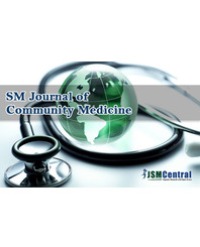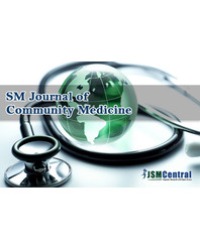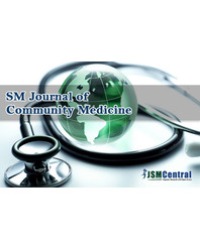
Six Evidence-Based Integrative Health Practices to Manage Eight Common Chronic Conditions and Promote Self-Care: A Review with Findings Inspired by a Workplace Wellness Case Study
Workplace Wellness (WPW) programs are rapidly appearing as one tactic to control healthcare costs and decrease chronic conditions. The Patient Protection and Affordable Care Act (PPACA) addresses these concerns by encouraging employers to adopt evidence-based employee WPW programs. One WPW program option focuses on Integrative Health Practices (IHPs) that have the potential to shift wellness responsibility to the individual, which may result in increased WPW effectiveness, individual self-care and overall improved health and wellness. This article presents current supporting evidence on specific IHPs for the eight most common costly and chronic conditions in the workplace. When introduced and examined via the case study method into WPW at one organization, employees reported that as a result of their participation, they were highly likely to take better care of themselves. The review portion of this research serves as the foundation for IHP selection and provides much needed evidence for employers to make more informed and inclusive decisions about WPW program content. The case study results provide a tested model for IHPs that can be integrated into existing WPW offerings. The findings of this observational study support the need for future investigative research on the use of IHPs in WPW programs
Ruthann Russo¹* and Luann Drolc Fortune²



